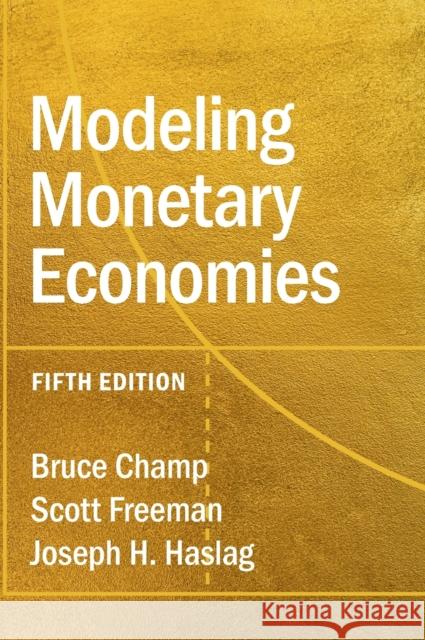Modeling Monetary Economies » książka
topmenu
Modeling Monetary Economies
ISBN-13: 9781316515211 / Angielski / Twarda / 2022
Modeling Monetary Economies
ISBN-13: 9781316515211 / Angielski / Twarda / 2022
cena 504,26 zł
(netto: 480,25 VAT: 5%)
Najniższa cena z 30 dni: 495,76 zł
(netto: 480,25 VAT: 5%)
Najniższa cena z 30 dni: 495,76 zł
Termin realizacji zamówienia:
ok. 16-18 dni roboczych.
ok. 16-18 dni roboczych.
Darmowa dostawa!
For advanced monetary economics and money and banking courses. A first principles approach with increased cryptocurrency coverage.











